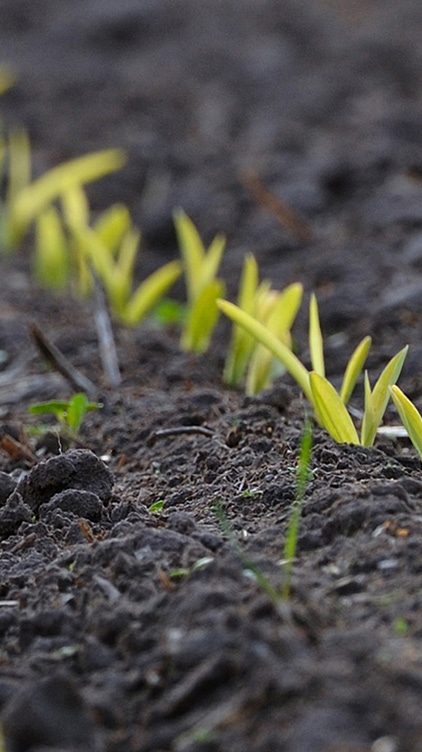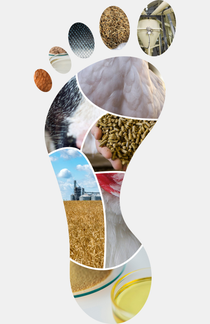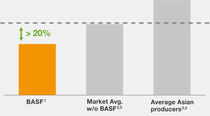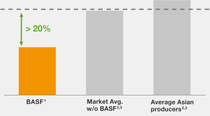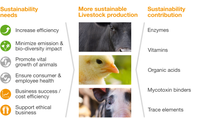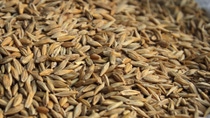In 2050, nearly ten billion people will live on earth. While the world’s population and its demands will keep growing, the planet’s resources are finite. How can we achieve more with less? How to meet a growing demand for meat and animal protein while availability of agricultural land is decreasing? Looking at future trends and talking to our customers, sustainable solutions become more and more important.
Our science-led approach is designed to help you meet the challenges you face daily. Making more efficient use of resources, with fewer inputs for the same or greater outputs. Improving animal health and vitality. Increasing productivity. Reducing environmental impacts. Creating better feed to help create better food. Our feed ingredients offer is complemented by digital products, regulatory and sustainability expertise.
It’s all about being able to address the three key pillars of sustainability – economic, ecological and societal – and making them work successfully for your business, the planet and our shared future. With the science of sustainable feed feeding into that success.
